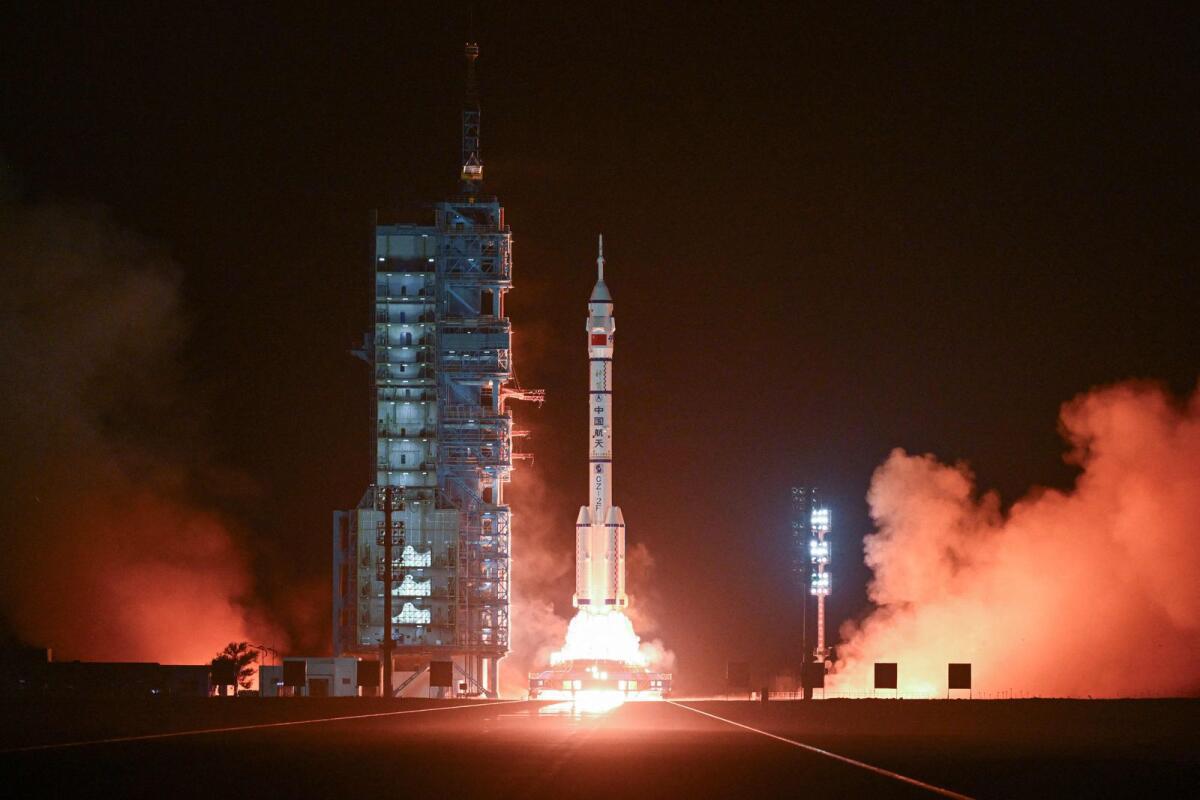China’s Tiangong space station welcomed a new crew with the success of the Shenzhou-18 mission, launched from the Jiuquan Satellite Launch Center in the Gobi Desert. This event marks the latest in a series of crew rotations that is a testament to the ambition and continuity of China’s space program.
The three astronauts, Ye Guangfu, Li Cong and Li Guangsu, replaced the members of the Shenzhou-17 mission, who returned after completing two extravehicular activities and numerous scientific experiments.
The new crew will continue the work of their predecessors, with a number of activities planned they include additional EVAs to install protections against space debris and experiments in various scientific fieldsas the biology and the physics of microgravity.
The Shenzhou-18 mission, expected to last approximately six months, demonstrates China’s efficiency and ability to maintain a constant presence in space. This is the 32nd manned mission of the Chinese space program and the 518th launch of a Long March series rocket.
A space program that travels at a dizzying pace, following its ambitions of supremacy over our satellite, the Chinese government does not hide the fact that it wants to be the first to land a manned expedition on the Moon by 2030 and to establish a fully functioning research base on the Moon by 2050.
